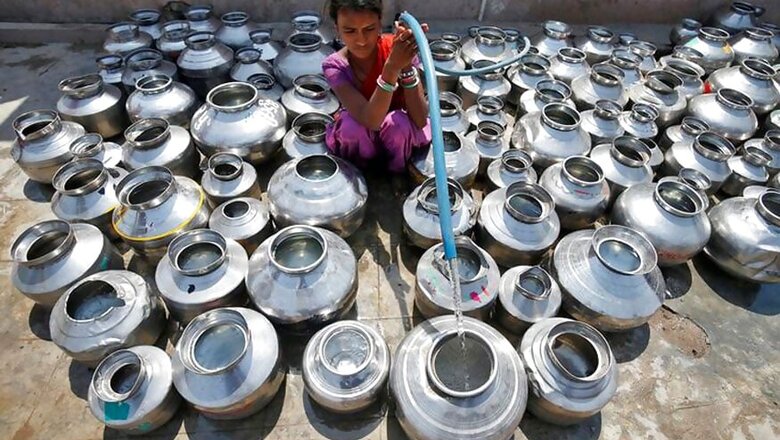
views
Bengaluru: India’s information technology (IT) and start-up capital Bengaluru has been staring at a severe water crisis for some time now. To fulfil the ever-increasing demands, the state government is now eyeing water from the Sharavathi and Aghanashini rivers located in the Western Ghats. However, the idea has outraged both residents and environmentalists in the state.
According to general perception, when the government earlier decided to construct the Linganamakki dam across the Sharavathi in 1965, the locals had sacrificed their rich agricultural land. Most of them are yet to receive any compensation till date. Now, they are being asked to give away their leftover water.
While the Sharavathi mainly flows through Shimoga district, the Aghanashini river is located in the neighbouring district of Uttara Kannada. According to the Bengaluru master plan, the total population of the city is expected to cross 21 million by 2031 and the megalopolis will face an acute shortage of water. Currently, two-thirds of the city’s water needs are met by the Cauvery river and the remaining through groundwater.
As there is a cap on using the Cauvery water for Bengaluru and a change in the rain pattern of Kodagu district where the river has its source, the government is eyeing rivers in the central region of the Western Ghats.
The Sharavathi flows through only two districts — Shimoga and Uttara Kannada — before joining the Arabian Sea. Its total length is just 128km but it carries an enormous quantity of water during the monsoon and helps generate 25% of the state’s total power production. The total area of Sharavathi basin is almost 3,000 sq km in the Shimoga district.
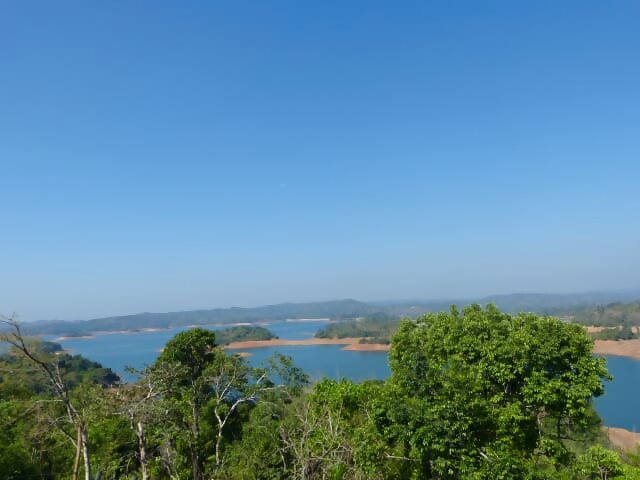
The Sharavathi river.
The first dam, Hirebhaskara or Madenuru, was built on the Sharavathi in 1948, and the bigger Linganamakki dam was constructed in 1965 to generate more power. After the Linganamakki's completion, the Jog Falls — the fifth highest waterfall in the world — lost much of its beauty as the dam prevented the free flow of water downstream from the river. Its majestic beauty reappears only during the monsoon nowadays.
The Thyagaraja Committee in 2014 had recommended that the state government divert Sharavathi water to Bengaluru. The current Janata Dal (Secular)-Congress alliance government is studying its feasibility.
Deputy Chief Minister G Parameshwara, who also holds the Bengaluru Development portfolio, said the state government was preparing a detailed project report and would take a call afterward.
The government’s proposed project has left Malenadigas (those living in the Malnad region) angry and residents of Uttara Kannada and Shimoga have decided to take to the streets against it. Protests have been called across the districts, along with a bandh in Shimoga, on July 10.
Parameshwara told News18 that getting Sharavathi water to Bengaluru was technically possible. Water from the Nethravathi or Ettina Hole rivers, which are expected to quench the thirst of parched Chikkaballapura and Kolar districts, could also be used for the state capital. As the Ettina Hole river can spare just two TMC (thousand million cubic) feet for the city, getting Sharavathi water to Bengaluru was a necessity, he added.
But environmentalists argue that the cost of pumping water from the Sharavathi and Aghanashini would be too steep and the city must rejuvenate over 600 small and big lakes in and around Bengaluru to meet its ever-growing needs.
The total capacity of the Linganamakki dam is 151 tmc feet and the reservoir has not reached its maximum storage capacity since 2014.
“The available water is not enough even for power generation. If they divert 30 tmc feet to Bengaluru, power generation will be hit. It is the cheapest source of power in Karnataka. The dam was a part of first Prime Minister Jawaharlal Nehru’s grand industrialisation policy. It has fulfilled his dream by making Karnataka a highly industrialised state. The power from the Sharavathi has made Bengaluru what it is today. The Karnataka Power Corporation Limited (KPCL) is not in favour of this proposal,” said a senior official at the KPCL.
All turbines at the Sharavathi project currently generate over 1,600 mega-watt (MW) power, which is expected to reach 2,000 MW. Since the Linganamakki dam was built only for hydel power generation, water in the reservoir should not be used for any other purpose, a local said.
A few even alleged that a lobby of big contractors was behind the proposal. However, Parameshwara said the project was at the conceptualisation stage and all aspects would be taken into consideration before any action.











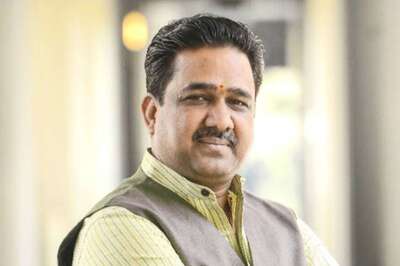
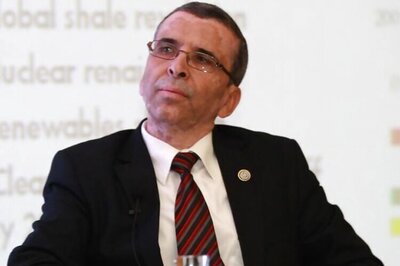






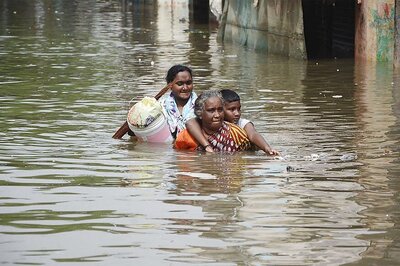
Comments
0 comment